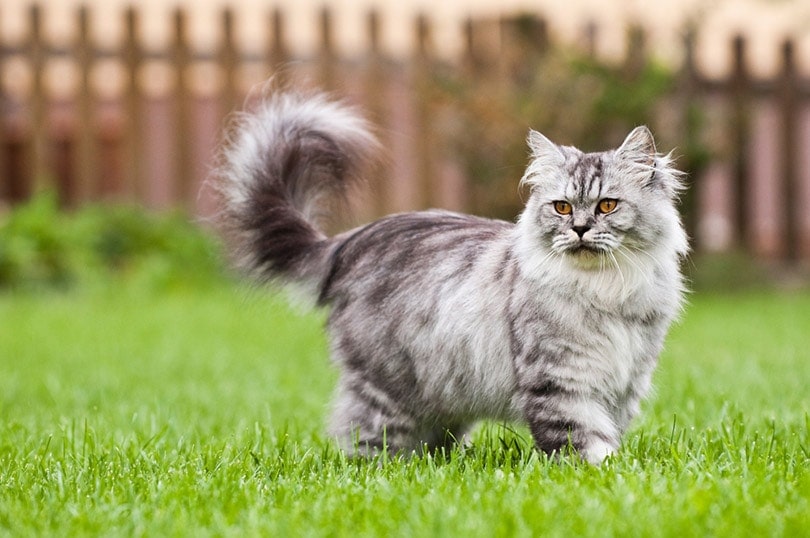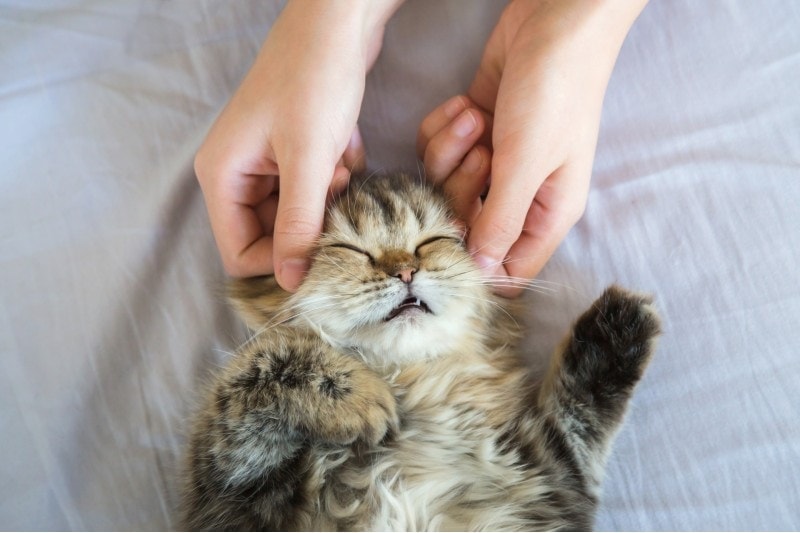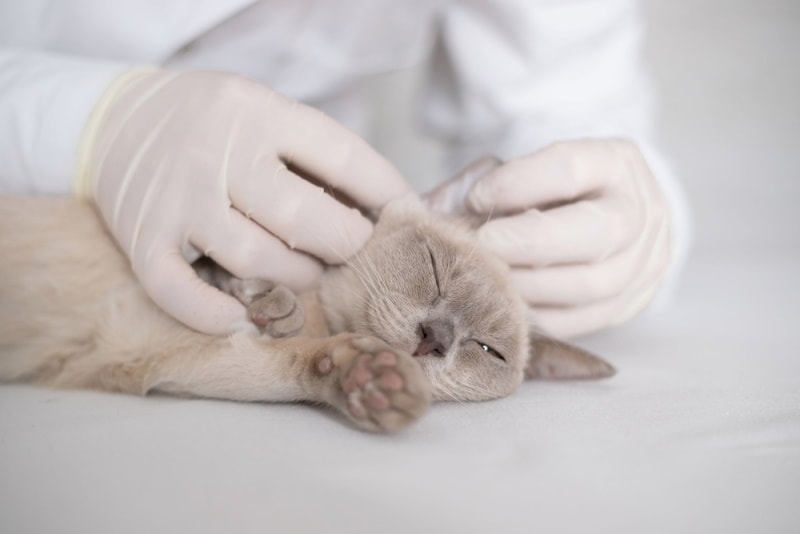How to Make a Cat Tree More Stable (Step-By-Step Guide)

Updated on
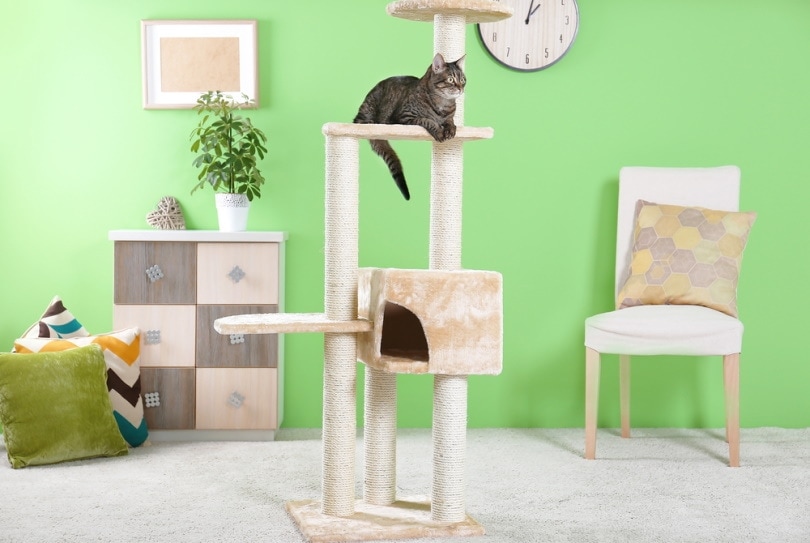
If you’re a cat owner, you already understand the importance of a cat tree. These handy additions to your home provide your cat with a place to lounge, sharpen claws, and even cater to their love of climbing. Unfortunately, however, cat trees, especially taller ones, aren’t the sturdiest pieces of furniture in your home. If your cat is chunky or you have more than one, you’ll constantly be worrying that your cat could fall or that the entire cat tree will come tumbling down. Luckily, there is a way to fix this issue.
Sure, you can spend tons of money on the most expensive cat trees available but don’t fool yourself into thinking they won’t show the same signs of weakness after a few months of use. If you truly want your cat to be secure on their climbing tree, reinforcing it yourself is the way to go. In this step-by-step guide, we’ll give you the directions needed to make your cat’s climbing tree safer for everyone in the home. You, your family, and especially your kitty will all reap the benefits of a secure location for your cat to spend their time.
The 10 Steps to Make a Cat Tree More Stable
1. Before You Start
The first thing you should do is gather all the tools for this DIY project. As with any project you tackle, having the necessary equipment on hand makes life much easier. Here’s a list of the items you’ll need handy when preparing to reinforce your kitty’s cat tree.
- Screws
- Metal brackets
- A drill with a driver bit (or screwdriver if you prefer)
- Thick fabric (fleece is suggested but any plastic fabric will do)
- Cat-safe glue or adhesive
- Scissors
- Saw
- Plywood sheets
- Dowel
- Hemp rope
- Measuring tape
2. Take Measurements of Tree and Cat(s)
Your cat’s tree should be able to handle your pet’s weight. Find out the maximum weight limit for the tree, then weigh your kitty or kitties. For trees that were bought when your cat was a kitten, they may no longer hold their weight. If this is the case, you should consider buying a new tree. Reinforcement may not be enough to make it suitable and safe for the cats in your home.
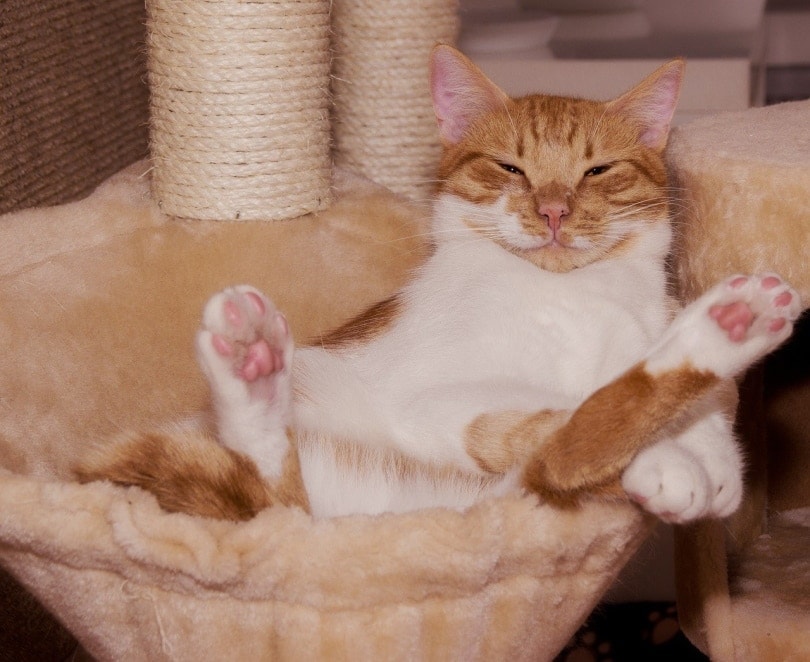
3. Start With the Base
A sturdy cat tree needs a dependable base. Most cat trees are structured to be triangular with a wide bottom and thin top. When a tree is wobbly, the base is normally part of the problem. In this step, you’ll want to widen the base. To do this, you’ll need to have your plywood handy and ready for the next step.
4. Cut the Plywood
When adding additional weight and stability to the base of your cat tree, plywood is an ideal material. It has the weight you need while being easy to work with. For this step, you want the plywood to be larger than the cat tree’s original base but in a similar shape. Use your measuring tape to determine sizing then use the saw to cut the board to the desired size.
5. Secure the New Base
Now that you’ve cut the plywood to the proper size, it’s time to secure the cat tree to your new base. For this step, you can choose screws or cat-safe glue. For more stability, we decided to use screws. Make sure the screws you choose are long enough to go through the cat tree’s original base and the new addition you’re adding. Screw from the top to the bottom. This will avoid leaving any dangerous edges exposed where your cat could get hurt.
6. Test the Tower
Once the new base is attached, you can check the other parts of the tower. If pedestals and posts are loose and wobbly, they will need to be fixed. Having a secure base doesn’t prevent your cat from falling from the higher perches. If you find wobbly perches and posts, you’ll continue to the next step.

7. Secure Posts and Perches
In this step, you’ll use the metal brackets, screws, and drill to make each pedestal and perch safe for your cat’s weight. For each post, you will need at least two brackets, maybe more according to size. These brackets should be placed on the top and bottom of the posts. Start with the tower side, place your bracket, then choose the screw. Use your drill or a screwdriver to secure each screw. Once the tower side is done, move on to the base screws and tighten those.
8. Make the Brackets Safe
Cats are curious. The metal brackets used to secure the cat tree may draw their attention. They may also fall on these pieces of metal and hurt themselves. To make sure this doesn’t happen, use fleece or another material to cover them. Simply cut the material to the appropriate size with the scissors then use cat-safe glue or adhesive to secure the covering into place.
9. Add Weight to the Tree
Additional weight will help keep your kitties more secure while they play on their cat tree. To give this additional weight, it’s time to put the hemp rope and dowels to use. Any parts of your cat’s tree that are worn out, can be rejuvenated by wrapping the hemp rope around it and gluing it into place. This gives a new area to scratch and makes the tree weightier. By using the dowels, you can add small posts and wrap them as well.
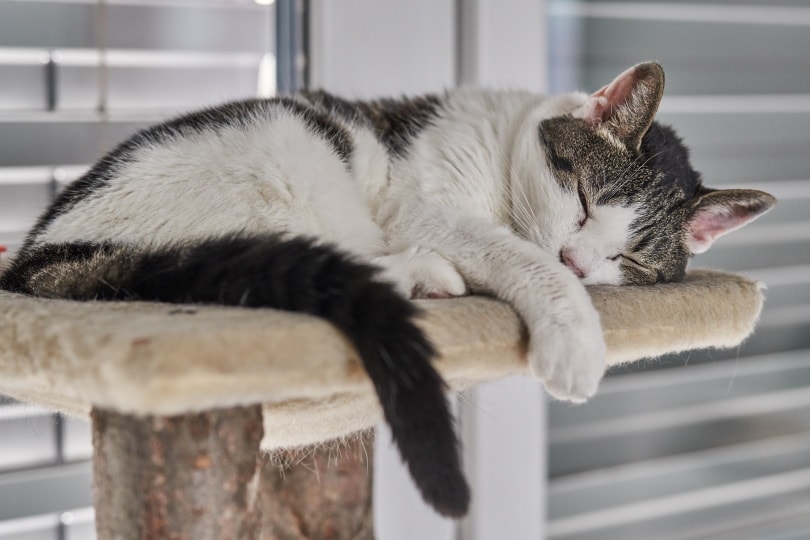
10. Let Your Cat Test It Out
Now that you’ve done your best to make their favorite cat tree safer, allow your kitty to test it out. You’ll get to enjoy watching them adventure and play while being proud of the job you’ve done.
How to Choose a Cat Tree
While it may seem like you’re already long past this step, there are a few things you should keep in mind before you purchase a random cat tree for your feline friend and find yourself in this same situation. While you may already have a cat tree that simply needs refurbishment, in some cases, cats outgrow them and need new ones in the home.
Cat trees need to be accommodating for all cats in the home. If you have more than one kitty, buying a cat tree that only has one lounger or one scratching post won’t be sufficient. You’ll find the tree may get damaged quickly or you may even fight over certain areas. Always choose a cat tree with enough space for your cats to enjoy it.
As we mentioned above, cats love to climb. If you have an adventurous kitty in the home, larger cat trees are a great way to allow them to burn up any extra energy and avoid harming your walls or furniture. If your cat is the kind who prefers to simply lounge in the sun, a small cat tree will suffice.
Check the Warranty
According to the age of your cat tree, it may still be under warranty. While you may feel it isn’t sturdy enough for your rambunctious kitty, doing this type of DIY fix will void your warranty. Keep this in mind before you start your project.
If your cat tree is past the warranty window, feel free to follow the steps in this guide to get it back up to par for your cat. If you are new to working with saws, drills, and the other materials mentioned in this guide, reach out to a friend or family member who could help. This will give you experience in taking on a DIY project while ensuring the job is done right thanks to the watchful eyes of your partner.
Wrapping Up
As you can see, this handy step-by-step guide for making a cat tree more stable is not only a great project to occupy your time but a way to ensure the safety of your cat. Your cat will be pleased with the finished project and will have loads of fun exploring their cat tree. You’ll get the privilege of watching them have fun while knowing they are being safe while doing so.
Featured Image Credit to: Africa Studio, Shutterstock

